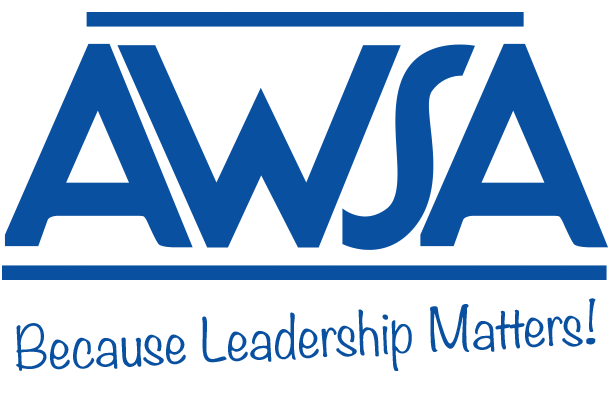May 8th EditionLegal Requirements relating to Shortening a School Day for a Student with an IEPby Daniel Parker, Assistant Director of Special Education, WI DPI Each year the Wisconsin Department of Public Instruction receives numerous questions from parents, school districts, and other stakeholders about the permissibility and requirements around shortening a school day for a student who is receiving special education services. Shortening a student’s day raises issues regarding the provision of a free and appropriate public education (FAPE) under the Individuals with Disabilities Education Act (IDEA), as well as potential discrimination under 504 of the Rehabilitation Act. 3 Key Communication Steps When Managing a School Crisisby Joe Donovan, President, The Donovan Group As a school or district leader, you never want to encounter a crisis situation. A select few are fortunate to go years without needing to handle a major crisis in their schools. But it’s a near certainty that, at some point in your career, you’ll need to engage in swift communications in response to a school crisis issue. Please note that when we refer to a “school crisis,” we mean any issue that requires urgent communication. This can be anything from the simply unfortunate to the truly tragic. When a crisis does arise, you’ll most often learn about it via a phone call, the police or the news media. Below are three important steps to take when managing a school crisis. Why Investing in School Leadership is So ImportantAccording to the Wallace Foundation, a major report from the RAND Corporation finds that schools in six large districts that had invested in principal pipelines markedly outperformed similar schools.
This report is another reminder of why it is critical for school districts to invest in school leadership.
May 22th EditionGearing up for the Leading for Learning Summit: Fostering Resilient Learnersby Pete Hall and Kristin Souers Across the nation, conversations about childhood trauma dominate our discourse. On one hand, that pleases us, because it means we – as a society, in particular as educators – are willing to talk about something we’ve long ignored. On the other hand, we’re awfully wary of this increase in frequency, because there is still quite a bit of misinformation, confusion, and false confidence circulating this topic. And this is way too important a topic to get jumbled up.
Got Makerspaces! Developing Purpose and Context for Making in K-12by Caroline Haebig, Digital Learning Coordinator, School District of New Berlin STEM programming, Computer Science standards, Makerspaces and 1:1 technology. As a leader in education, chances are you are working in a district that is currently exploring, developing, or refining a program or process related to one or all of these timely topics. After engaging in conversations around these topics at the local, state and national level, it is clear that there are a wide range of beliefs and practices around STEM-based curriculum, the role of computer science standards, and how makerspaces serve to prepare students for college and career readiness, redefine instruction and foster student achievement. This article is one in a series that will share the process our district has engaged in and outcomes we’ve achieved in order to further develop the college career ready vision of our graduate. Specifically, this series will highlight how we are developing a maker culture, creating makerspaces, and incorporating design thinking, in order to prepare students to be technologically literate, inventive problem solvers. |
